When the periphery is the centre
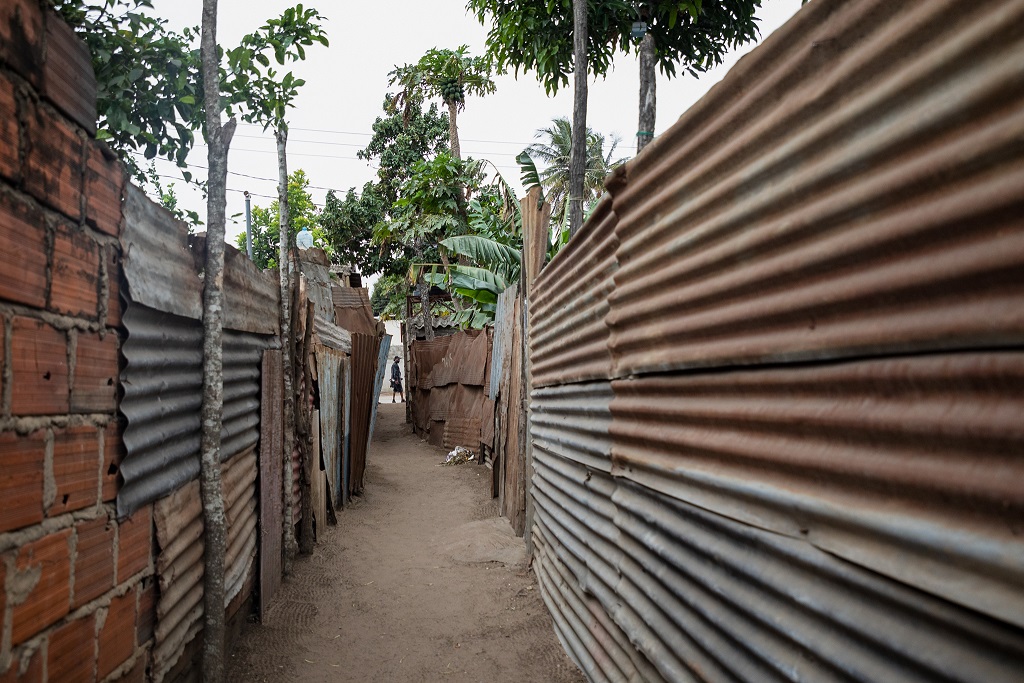
Cecília Mahumane wants to change mentalities. Reality, as it exists, is the main object of the young mentor of the “Chamanculo é Vida” project, an initiative that tells the stories of the outskirts of the Mozambican capital.
Cecília is restless. That energy and desire to change what surrounds her infected Domingos Branco, Cândida Raul and Waka Tembe Júnior, young people from Maputo who live in the district of Nhlamankulu and who are part of this wave of change. In practice, what they want with the “Chamanculo é Vida” project – which covers 11 neighbours in the district, including Xipamanine and Malanga – is to show a new side of the capital’s peripheral districts, breaking the preconceptions of poverty, disorganization and misconduct : “The idea behind the creation of the project is to help the social, economic and cultural growth of these communities.”
And how does Cecília tell each chapter of these stories? Through interviews with neighbourhood residents, the communicator builds a platform with the work, projects and colours of each resident. This is a community space. A community initiative where a real, colourful and honest vision of the daily lives of thousands of Mozambicans is given priority.
Mahumane, Branco, Raul and Tembe Júnior are a new generation that enacts change.
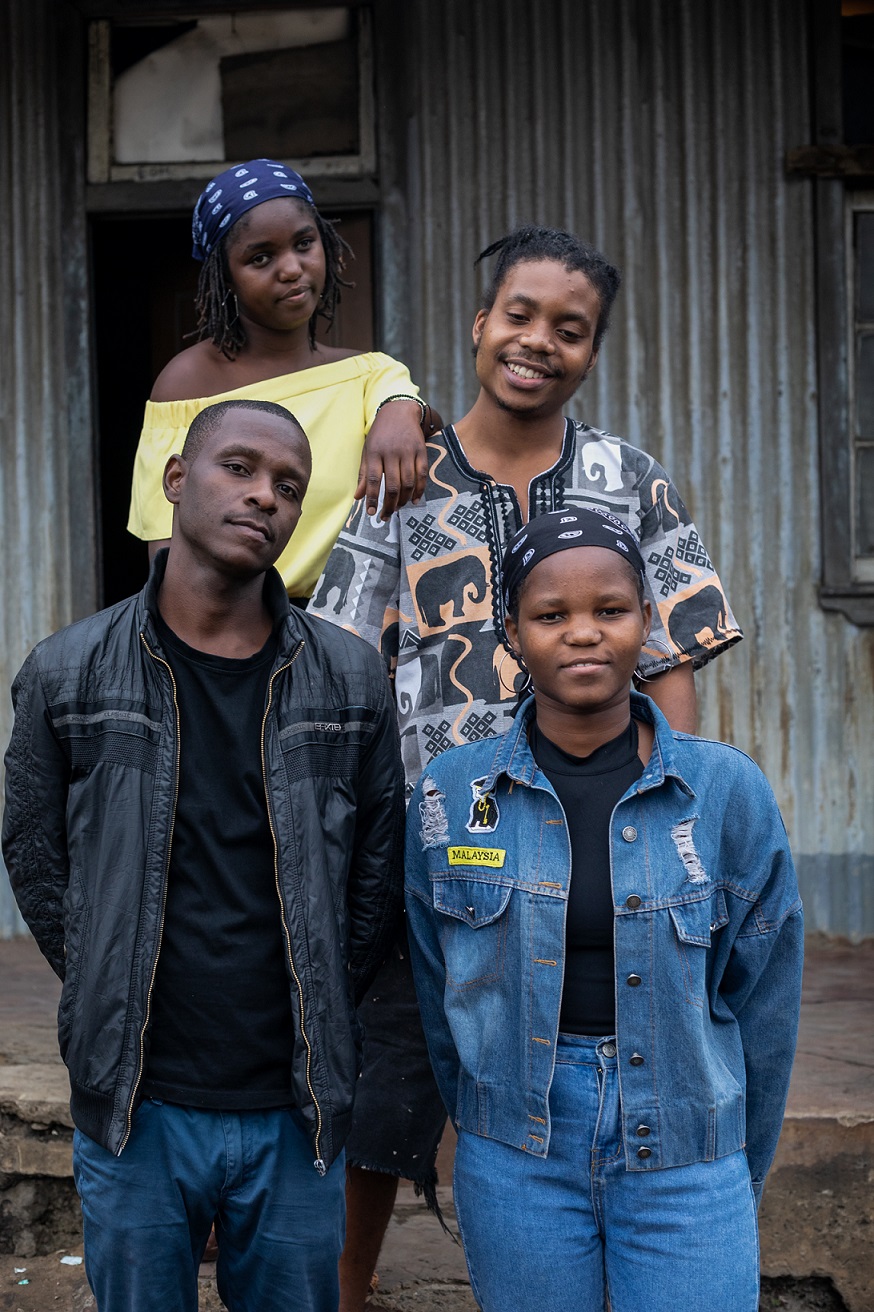
“We would like to communicate the product that is produced in these peripheral neighbourhoods, talk about their history so that people know what the periphery really is (…) Above all, we seek to change people’s perception of the periphery, from the moment when the project itself assumes/presents itself with a local, ghetto identity, when we associate some social projects together with local artists, in order to give more voice to everything that happens in the periphery. And in this case, art has the power to communicate”, the project’s creator enthusiastically shares.
In practice, Cecília and her companions intend to replicate this platform model in other neighbourhoods through associations where each resident would have the opportunity to implement their ideas in a local model, in order to solve problems such as: lack of documentation in these periphery neighbourhoods, hygiene and sanitation, drug use, etc.
Mahumane, Branco, Raul and Tembe Júnior are a new generation that enacts change. With their eyes focused on the Mozambican identity and its wealth, they want to make the essence of the periphery their flag. A project that starts in Chamanculo but whose aim is to grow as much as the socioeconomic development of the country: “The idea of the project is to work as a large platform that helps the growth of peripheral communities, giving space to the creation of local incubators, community libraries, local artist residences, training centers,” Cecília states with a look towards the future.
Issue 69 Sept/Oct | Download.

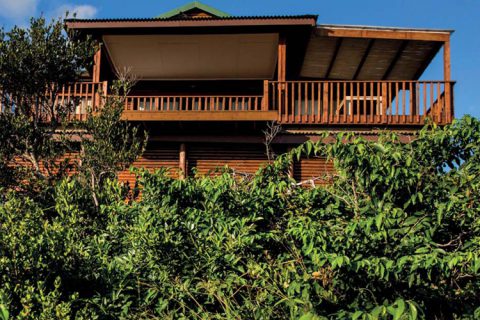

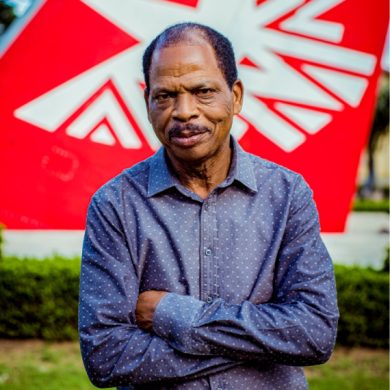
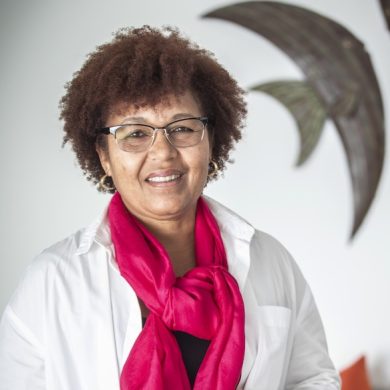
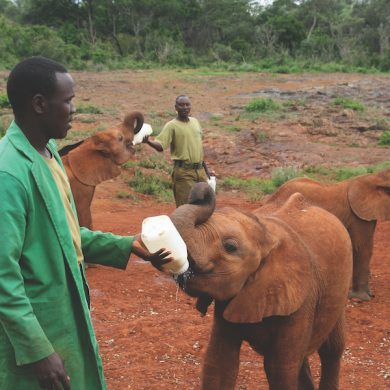

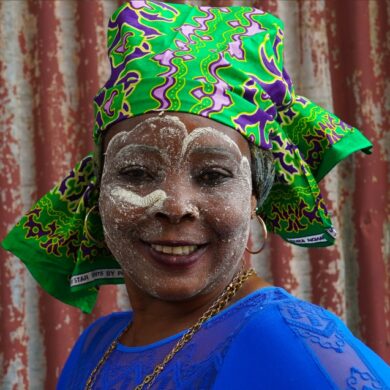
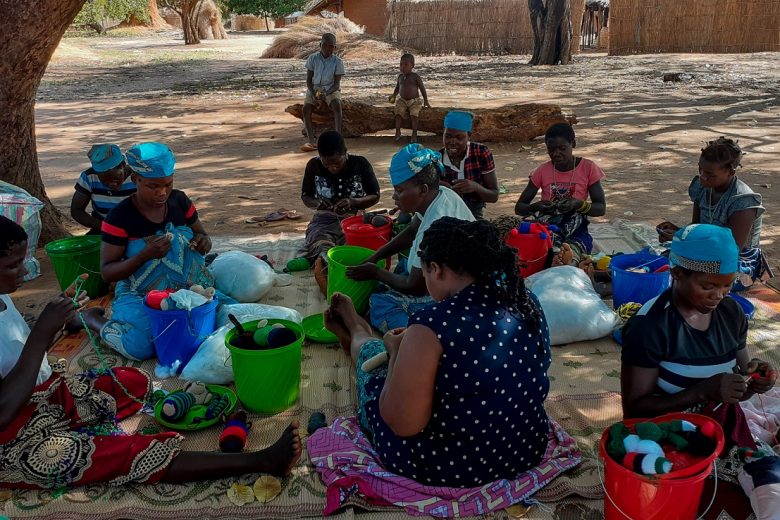
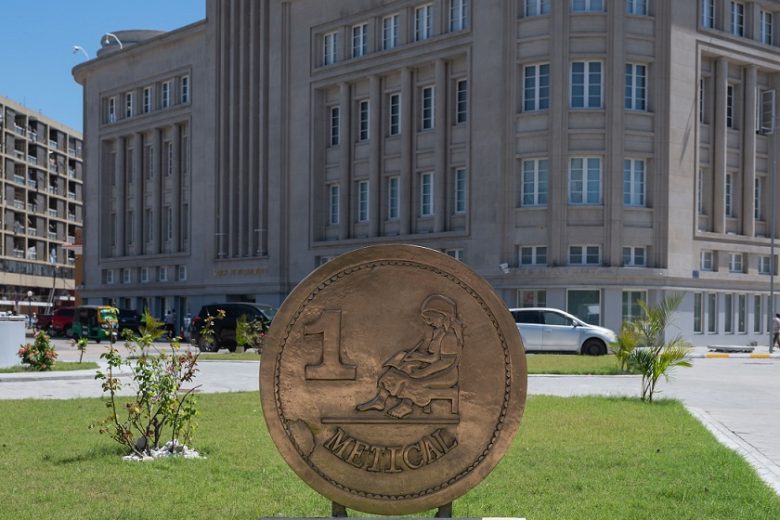










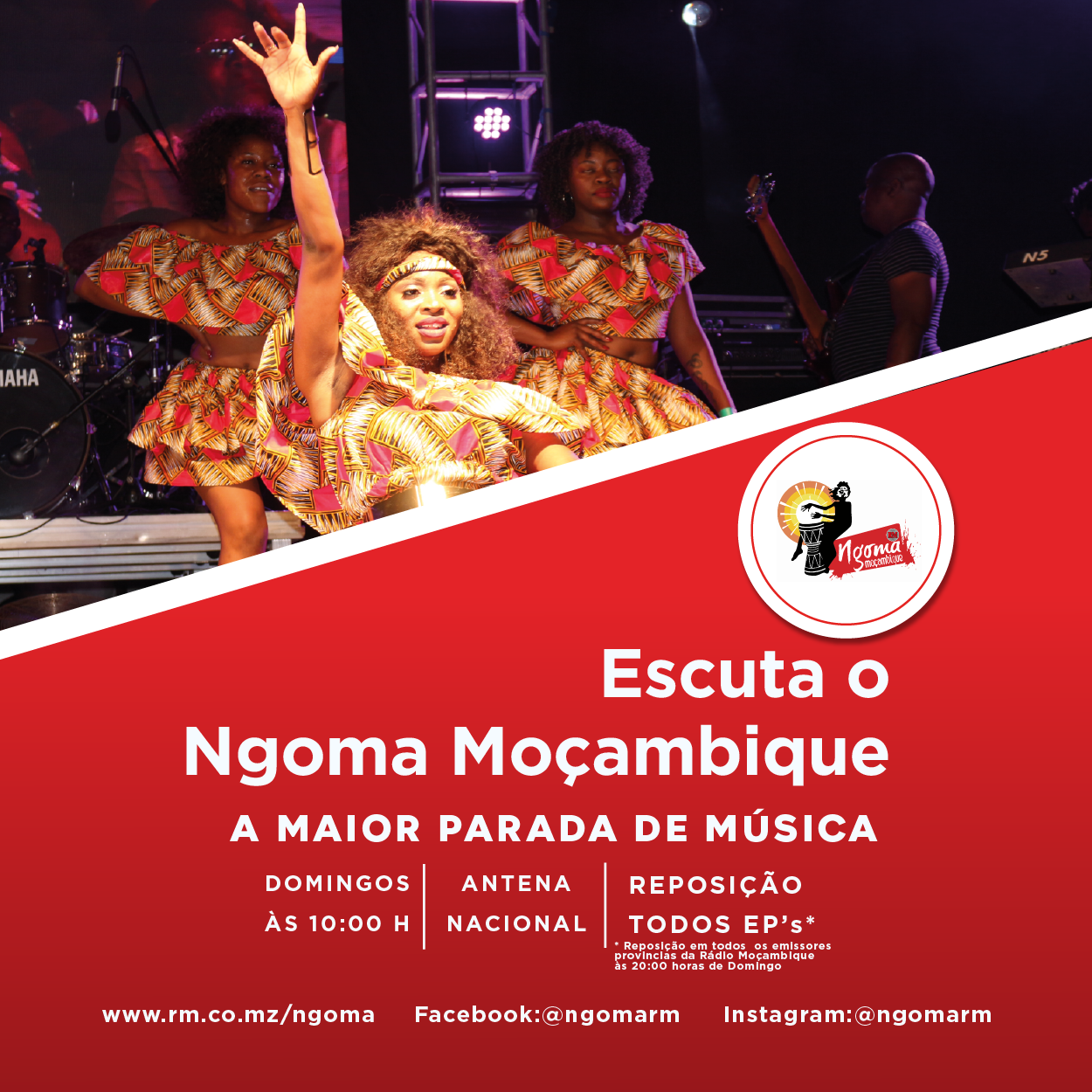
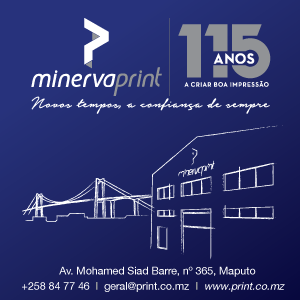





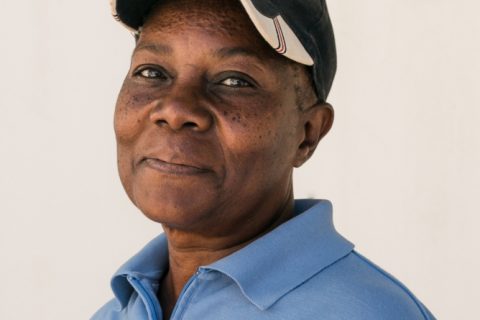
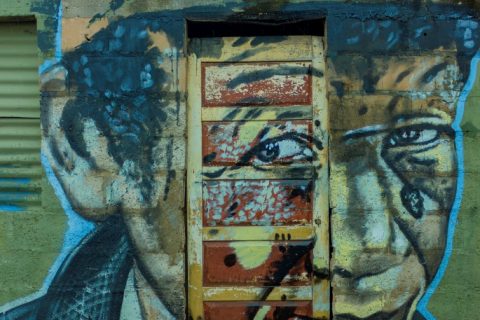

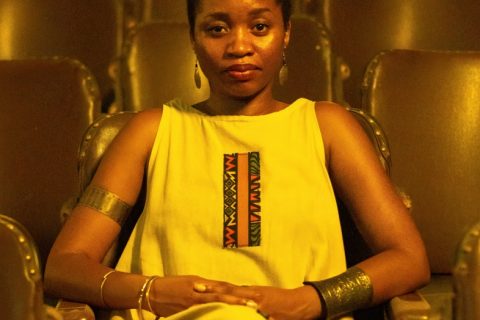
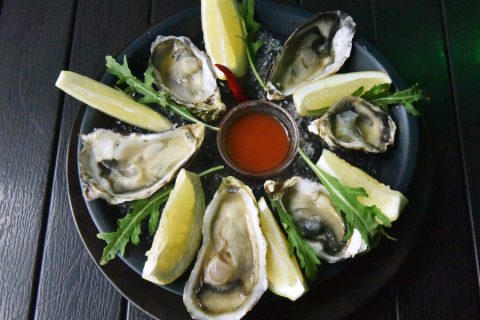



0 Comments